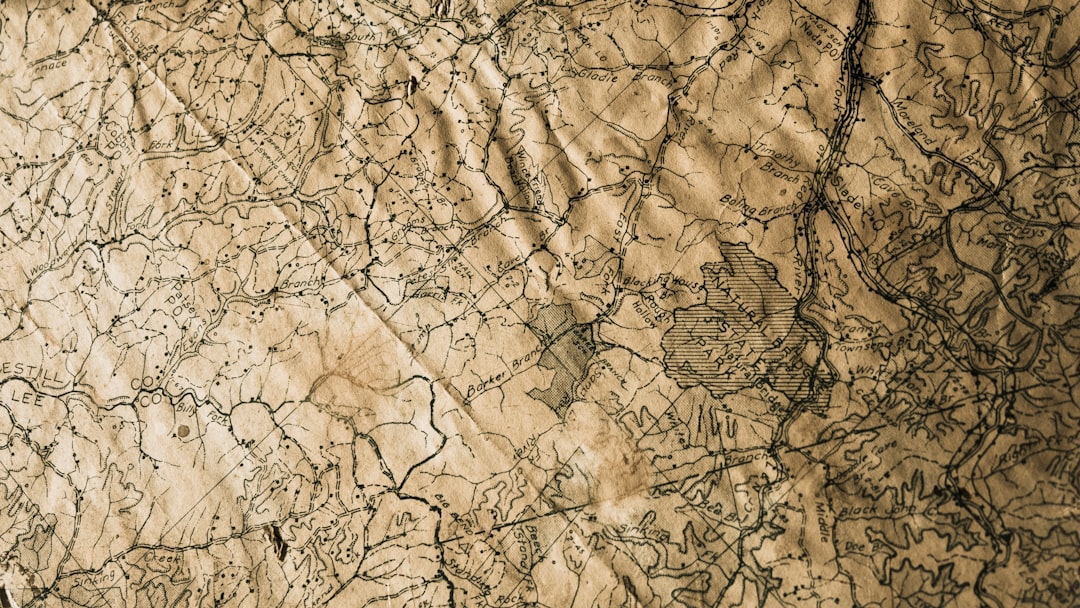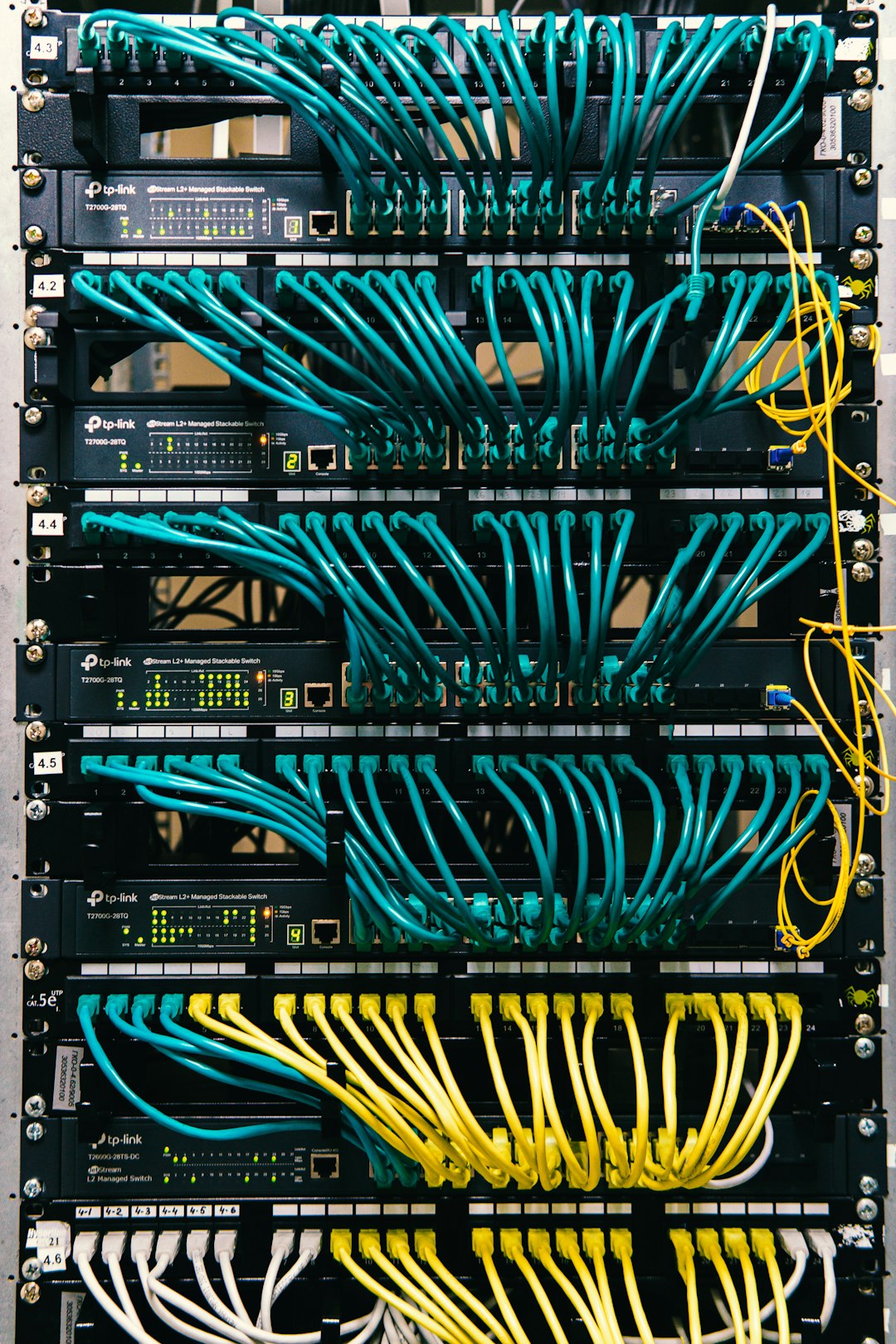Ever wonder how data finds its way across the internet? Just like cars use maps, data uses something even cooler—routing protocols. One of the easiest to understand and fun to learn is the Distance Vector Routing (DVR) protocol.
Let’s break it down into simple parts. No tech degree needed!
What is Distance Vector Routing?
DVR is a way for routers to talk to each other. They share information like neighbors sharing gossip.
Each router only knows:
- How far it is from other routers (called distance).
- Which direction to send data (called vector).
Then the router sends this info to its neighbors. They listen, update what they know, and share back. It’s like a game of telephone—but for routers!
How DVR Works
Here’s a simple way to understand the process:
- A router keeps a table called the routing table.
- In that table, it writes down all the places (networks) it can reach, the next stop (called next hop), and how far away they are (called hop count).
- Every few seconds, the router tells its neighbors what’s in the table.
- Neighbors listen. If they learn a quicker way to go somewhere, they update their own table.
It’s all about trust and teamwork. No one knows the full map, but by sharing info, they help each other.

Imagine This…
Think of routers as people in a giant city maze. Each person knows only how to get to a few landmarks. Every morning, they chat with their next-door neighbors and say, “Hey, I found a shorter route to the coffee shop!” Everyone updates their notes, and before long, they all know the best way to get your latte fix.
Cute, right?
Advantages of DVR
Why do people love DVR? Let’s check the perks:
- Simple and easy. Routers only need to know what their neighbors know.
- Low resource use. No need for super-smart routers or big memory.
- Self-healing. If routes change, DVR eventually fixes itself.
What About the Downsides?
DVR isn’t perfect (nobody is!). Here are some things to watch out for:
- Slow to react. If a network goes down, it takes time before everyone knows it.
- Routing loops. Sometimes routers go in circles—sending data nowhere, forever!
- Count to infinity problem. If the network changes a lot, routers might keep counting hops forever, thinking the destination is still reachable.
But wait! There are tricks to fix those.
Smart Fixes to Common Problems
People came up with clever ways to make DVR better:
- Split horizon: Don’t tell your neighbor about the route you just got from them. Avoids looping confusion.
- Poison reverse: Tell your neighbor that a route is bad by giving it an infinite loop number. Stops incorrect routes from being used.
- Triggered updates: Don’t wait! If something changes, routers share the news right away.
Where is DVR Used?
It’s mostly found in small networks or as part of learning. The most famous DVR protocol is RIP (Routing Information Protocol). It was one of the first and is still taught to this day.

Even big protocols like EIGRP have roots in DVR ideas. It’s the grandparent of routing!
Why Should You Care?
If you’re planning to study networks, DVR is the ABC of routing. It’s simple, trust-based, and a great way to learn how routers team up to guide data on its journey.
Now, the next time you send a cat meme across the internet, know there’s a DVR-style team of routers helping it reach your friend.
Teamwork, logic, and a little bit of math make it all happen!
Cool, right?